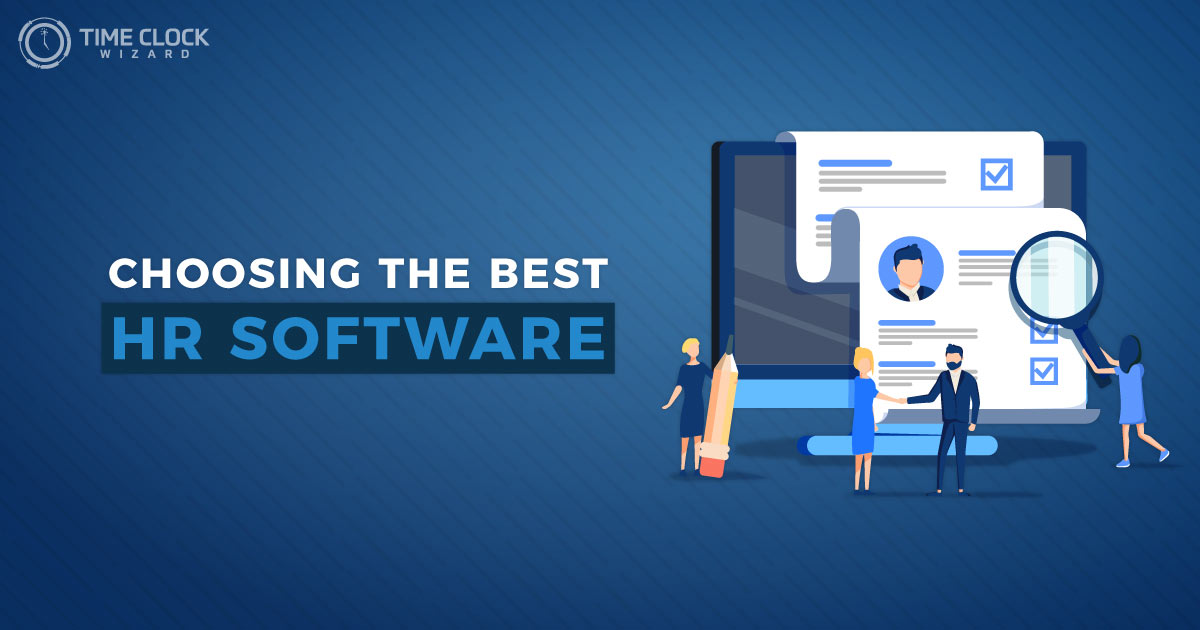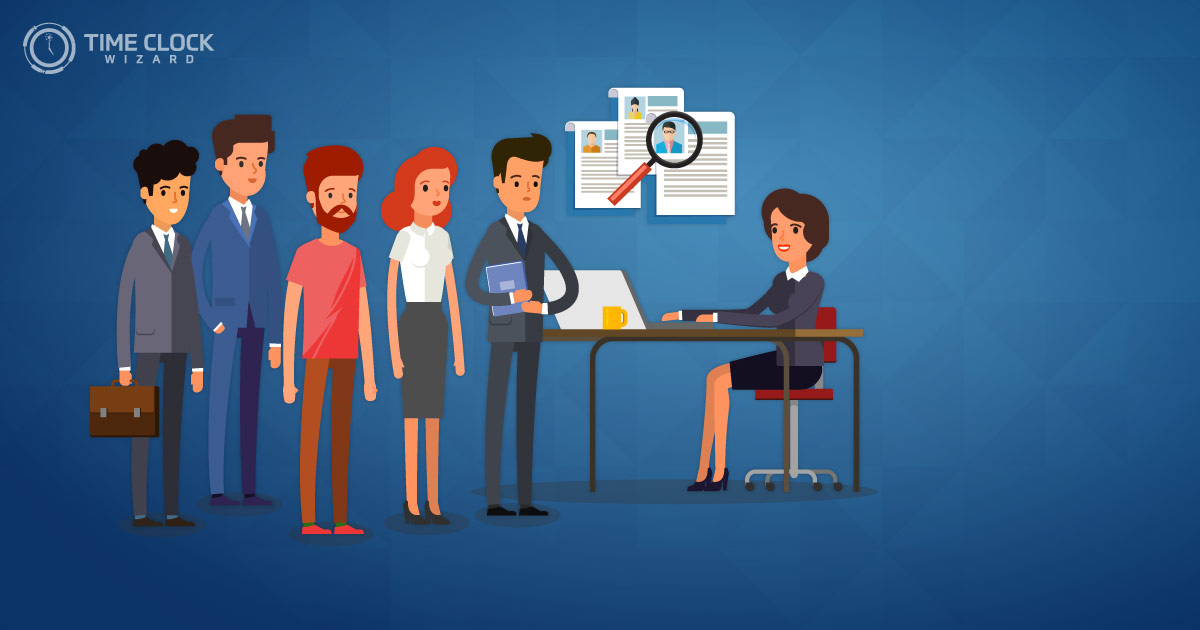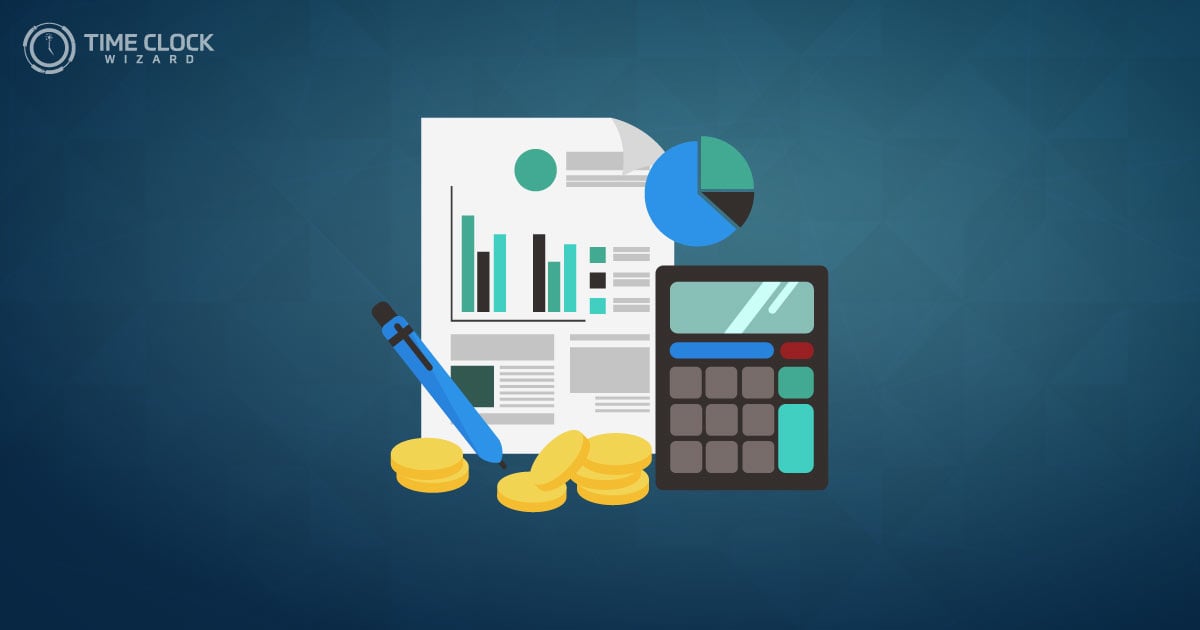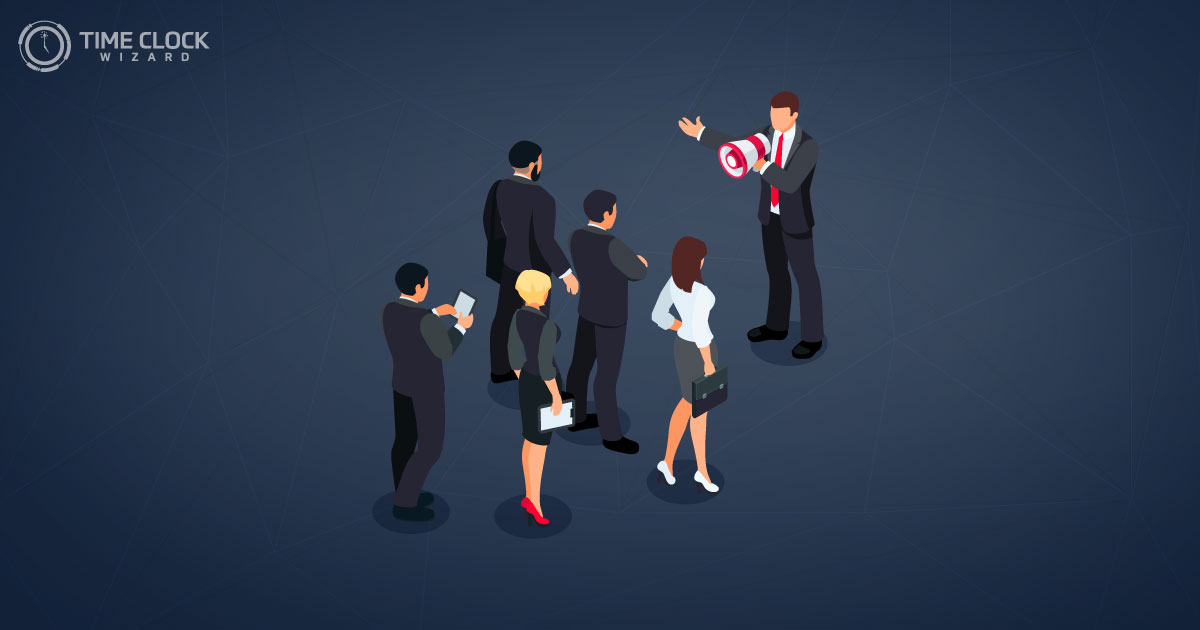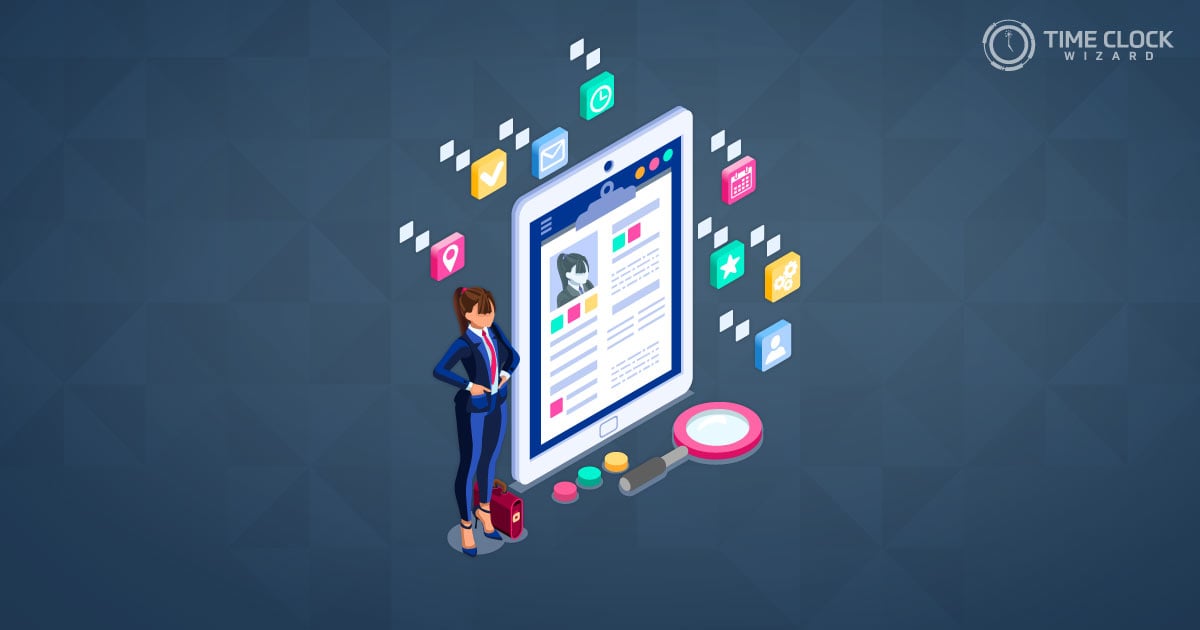
If you work in human resources, you know all too well how many balls you have to keep in the air. It kind of comes with the territory, right? After all, you’re dealing with people. You’re dealing with their changing needs, their frustrations, and their constant parade of conflicts. So it’s no wonder you’ve got a hundred different things to balance at any given time And no matter how many HR tools you have to work with, it can seem impossible to keep up with it all.
And yet somehow you plod on. You meet the challenges of people management five and six at a time, usually without breaking a sweat. But don’t you think it could be easier sometimes? Don’t you wonder what might happen if you knew what magic to pull out of your HR toolkit every time a new problem came up? If so, you’re definitely not alone. Managing human beings is a tough job, and everyone who’s ever done it has asked themselves similar questions.
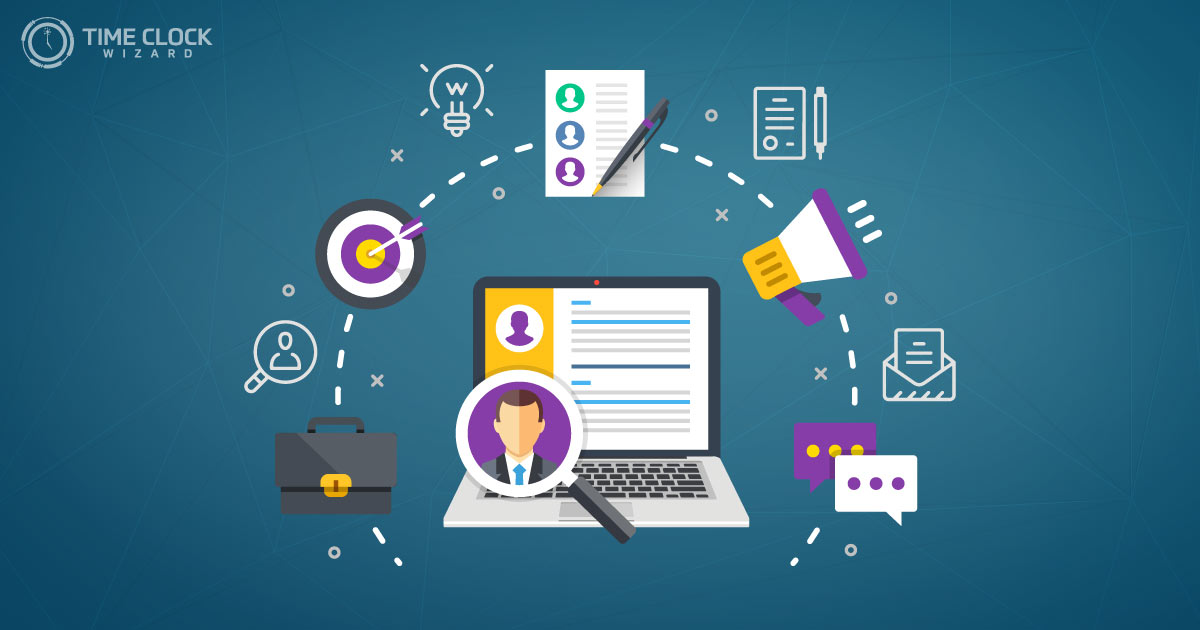
A Brief History of the HR Toolkit
A Human Resource Management System (HRMS) provides the answers to these for many successful companies. An HRMS differs from more traditional HR platforms in a variety of significant ways. In order to understand the depths of these profound differences, you’ll need to know a little about the history of HR software solutions. Here’s a quick look at the prehistory of the modern day human resource management system.
In the early years of the digital age, the first integrated HR systems began to appear. The first examples were modified ERP systems that integrated large amounts of company data with basic HR functions. While certainly much more advanced than manual HR tools, the capabilities of these systems were severely limited in scope. Typically, these early systems could handle little more than payroll automation, employee evaluations, and certain types of digital reporting.
The next step was the development of client-server systems that were dedicated solely to HR functions. Versions of these systems are still in use today, but it wasn’t until cloud-based HR solutions became viable that the modern HRMS was born. These cloud-hosted HR platforms allowed for increased functionality and accessible online accounts. By this time, an HRMS could handle a much wider range of critical HR tasks. These included things like recruitment, onboarding, and benefits administration. Not long after that, the all-in-one HR toolkits we’ll describe in the next started to become widely available.
Human Resource Management System Basics
First, let’s give a quick description of the modern-day HRMS. The simplest approach is to think of an HRMS as a comprehensive software suite that combines human resources functions and a variety of business processes under a single umbrella.
The HR capabilities vary from system to system, but here are five of the most common:
- Recruitment, hiring, and onboarding of new staff members
- Compiling and accessing important employee data
- Attendance tracking
- Payroll Management
- Employee evaluations
Remember– these are the most basic functions that an HRMS can handle. We’ll look at some more advanced features in the following sections. But it’s important to keep in mind that purpose of human resource management systems in general. Every type of HRMS is designed to perform repetitive HR tasks and let valuable employees work on more difficult HR functions.
Advanced Features
The basic HR functions we just described probably won’t be enough to satisfy your company’s needs. In fact, they’re little more than a starting point. An HRMS with only these features won’t serve the needs of today’s HR departments. Their responsibilities are too wide-ranging and complex to settle for only the basics. Fortunately, more sophisticated tools are readily available. These tools have the feature depth your company needs for the complexities of excellent people management.
In the following sections, we’ll describe the advanced features that every successful HR department needs to have in their arsenal.
1. Applicant Tracking Capabilities
Applicant tracking (AT) prevents you from losing your best talent by refining the onboarding process. An HRMS with applicant tracking allows you to monitor your people from your first meeting to the last day they work for your company. They accomplish this critical goal in the following ways.
Good applicant tracking tools can play a significant role in your overall HR platform. They automatically post new jobs and help process employee applications. Additionally, AT systems can connect applicant data to your career page and help you start recruiting the best candidates within minutes.
2. Strategic Shift Planning
Though this feature is available as an affordable standalone platform, it’s included in a number of larger HR suites as well. The choice your company makes should depend on how much integration you need. The standalone versions usually only connect to attendance tracking and payroll systems. But while this is usually enough for small companies, bigger operations should at least consider a version that’s integrated with the rest of their HRMS. This is especially true if they have to juggle multiple shift changes.
3. Employee Performance Tracking
Hiring great talent is challenging enough all by itself, but retaining it is definitely much harder. This is because developing high-level talent requires a good deal of work and a long-term commitment. Fortunately, performance management software can do most of the heavy lifting for you. The main purpose of a performance tracking tool is to make sure employees are evaluated consistently.
As part of your HRMS, performance management provides the means for assigning and tracking individual goals, offering feedback, and using the established criteria for employee evaluations. Additionally, it transmits performance information to your payroll system and allows you to set up a customized workflow for designing the initial review.
4. Automated Benefits Administration
Prompt administration of benefits is one of the keys to good employee retention. That’s why an automated process of benefits administration (BA) is a must-have for most companies. Benefits administration software has to do two things in order to be effective.
First, it has to make things easy when HR personnel picks and customizes a benefits plan. Second, it has to keep things simple for employees as well. This means it should use an automated enrollment procedure, as well as provide easy access to employee benefits information. Including benefits administration with your HRMS has the extra advantage of managing 401(k) plans and other cumulative benefits.
5. Online Learning Opportunities
Online learning platforms are the best way to help your employees excel during their performance evaluation. An online learning platform is a set of online services that provide your employees with the instruction and tools that they need for advanced training. These platforms will usually come in one of two distinct forms. The first is a platform designed by an outside provider, typically one that specializes in designing training services. The other option is a platform with content designed by your company itself.
There are several differences between these two types of platforms. But no matter which one you choose, every good HRMS should include high-quality online learning opportunities. Here are some of the purposes they serve:
- keeping employee skill sets on par with industry standards
- increased employee engagement
- higher scores on performance evaluations
- an uptick in employee morale
- a better sense of belonging
Usually thought of as an extension of performance management, these learning platforms are most effective when they’re integrated with other components of your HRMS. This makes information flow much more freely and allows you to make adjustments that are aligned with the areas of weakness revealed during the evaluation process.
Choosing the Best HR Software
Choosing the HR software that best fits your company’s needs isn’t the easiest thing to do, but there are ways to narrow your options. First, talk to your HR personnel and find out what they’d expect from their HRMS. Then, compare their needs to your budget constraints. After that, make a list of ten or so viable options and use trial offers to give a few of them a test run.
- While you’re giving your fancy new HR platforms a spin, take the following steps before making a final decision:
- Always aim for simplicity and easy access
- Consider the features a given platform offers and ask yourself if they fulfill an important need
- Compare the learning curves required to master each platform
- Receive feedback from HR personnel
- Do a detailed cost-benefit analysis
- Compare the security levels of the various platforms
Keeping the HR Ball Rolling
In today’s economy, automated HR tools are a necessity for any successful company. The type of software you choose is up to you, but it’s with good reason that a comprehensive HRMS has quickly become the gold standard. Not only will an HRMS streamline your HR functioning, but it will also reduce costs and free up talented employees for more challenging work.
No one in your organization is more important than your HR personnel. They perform critical duties on a daily basis to grease the wheels between you, your employees, and your entire industry sector. In short, a good part of your company’s success depends on HR’s ability to do their job effectively.
But in order to do this, they need the right set of HR tools. The key is to start exploring your options right away. You don’t have to commit to anything just yet, but there’s no better time than now to get the ball rolling. Read more about what the best employee work management system is and the 10 best business apps to use in 2019.
